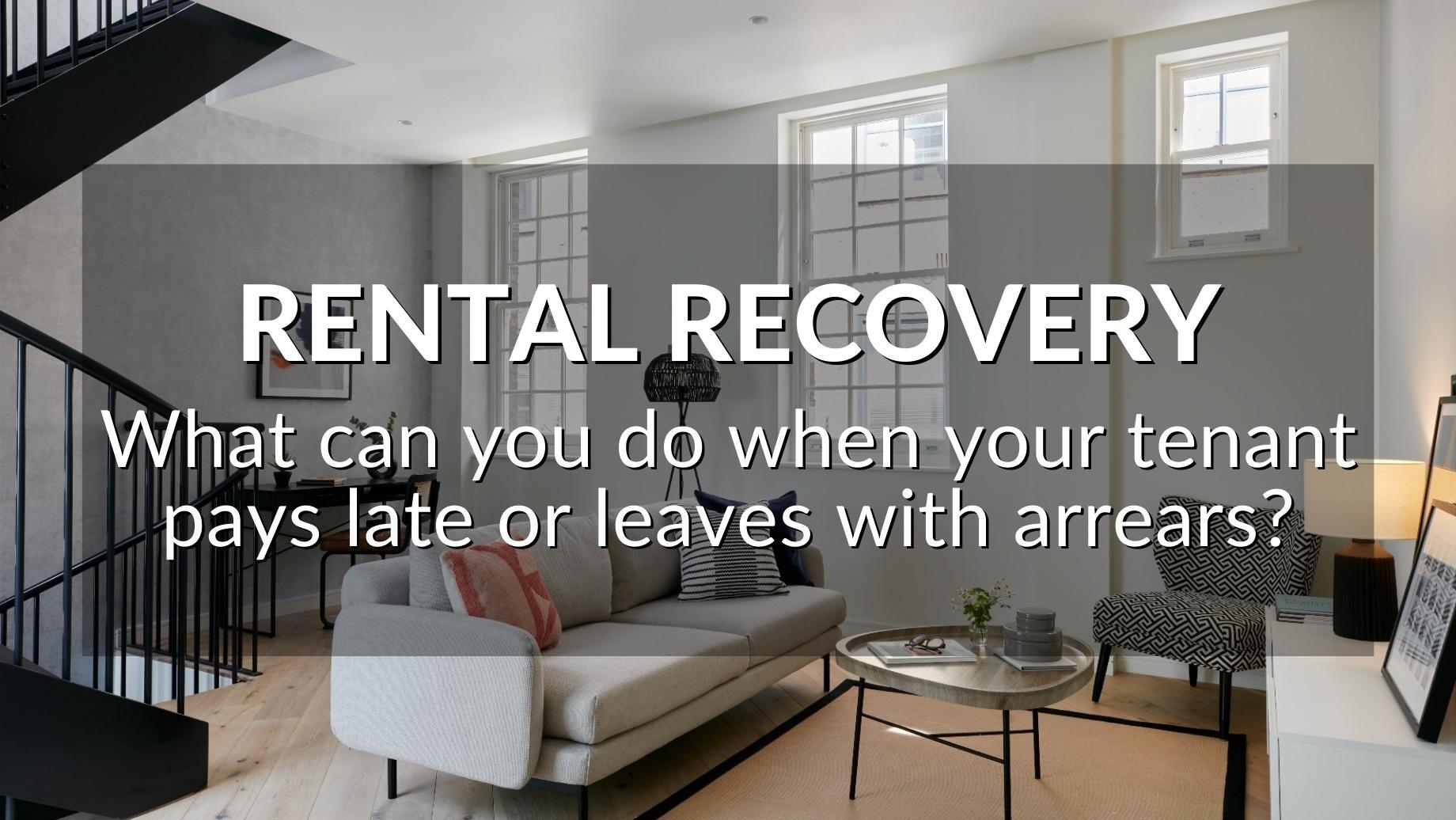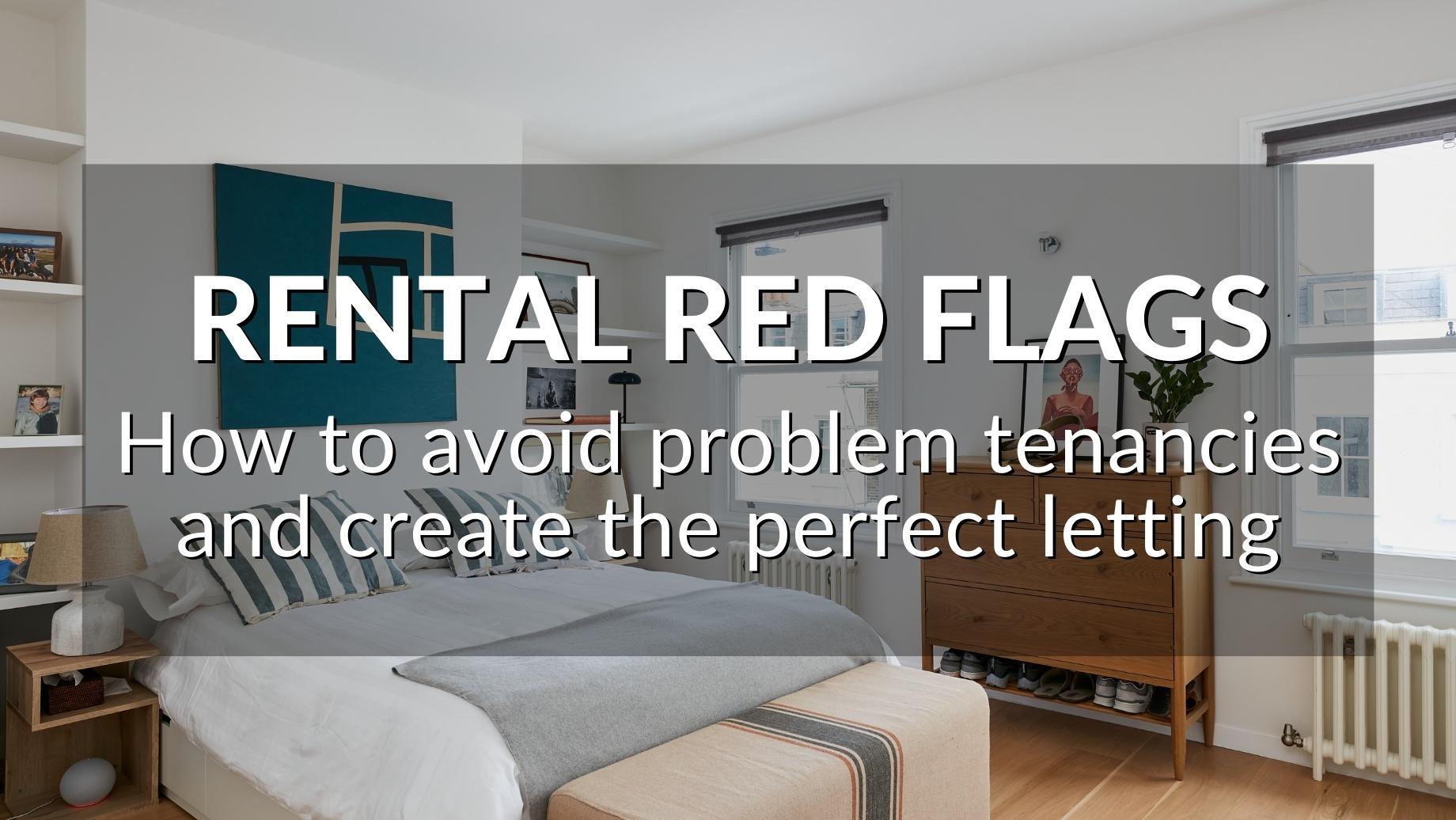
The holy grail of every buy-to-let property is continuous occupation by high-quality tenants with a market-leading income and a value that increases year on year. None of this happens by itself, and, just with any business, a plan of action is the key to success.
Great tenants pay more money for beautiful homes, and you only have to look at new-build properties for proof that new price ceilings can always be set. By offering a home that reflects the earnings and aspirations of professional people, you create a win-win situation: your tenancies last for longer, your property is better cared for, and your buy-to-let is a joy to own with a healthy return to boot.
Older homes have the built-in advantage of heritage and character that many tenants desire, but they can fall behind on modern, energy-efficient lifestyles. However, any property can lead the way on design or price, and there's nothing to stop period homes exceeding the income of newer ones.
Whatever the age of your rental property, our blog this week guides you in creating high-quality rental homes to keep as a long-term investment or to sell at a healthy profit. So read on for some sound advice in maximising the value of your buy-to-lets, keeping them in high demand, and standing out for all the right reasons.
LOOK THE PART
The first step in attracting the best tenants is to create a rental property that looks brilliant on viewings and in photos. You also want your agent to photograph it properly.
There's no point making your buy-to-let sparkle when the images make it look gloomy, so check the websites of any agents you're considering to see whether their photography is right for your property.
Homes for rent can be trickier to photograph than homes for sale because they don't have the benefit of being lived-in, accessorised and styled. Empty rooms expose everything, which means it's essential for everything in your buy-to-let to look up-to-date and well maintained.
No kitchen will look its best with a dark brown hob, but they're easy and inexpensive to swap for a shiny stainless-steel model. The same goes for old and scaly taps: replace them with modern fittings for an instant bathroom reboot.
Fresh paintwork in white or pale neutrals gives the air of a new start; clean windows make every room brighter, and clean floors make a home feel bigger. For a final flourish, dress naked windows and lightbulbs with blinds and lampshades to add a stylish warmth.
READ REALLY WELL
A killer description packed with enthusiasm and juicy benefits is key to converting the interest from your photos into an enquiry and a viewing. The text doesn't have to be long, but it does have to be good.
Make a list of all the features and benefits of your property, then tell your agent all about them. Beyond the standard points around accommodation and location, let us know about any extra touches that may not be so obvious.
Concealed lighting, clever storage, audio wiring and eco-friendly improvements are qualities we can make a big deal of, and it makes a positive difference to a potential tenant's reading experience when there's lots of good stuff in the description.
Please don't be afraid of telling us too much. We're here to get you the highest possible rent, so the more we know, the better. If you've put in the effort, it deserves to be rewarded.
FEEL JUST RIGHT
Photos and descriptions can show how a home looks and talk about its features, but they can't convey how it feels. Only viewings can do that, and, as well as an emotional connection, tenants develop a tactile impression: from opening doors to turning on taps to walking on floors, very little escapes.
Loose tiles, lifting timber or laminate floors, and threadbare carpets can really bring your property down and make it seem worse than it is. Likewise, handrails, hooks, switches and knobs that are coming loose, poorly fitted or worn-out will create the impression of a neglected home.
All of these are very easy to change, and you'll get the best tenants and the best rent when your buy-to-let feels as good in person as it looks in the photos. It's all about reinforcing the enthusiasm and excitement of your viewers with a home that's even better than they expected.
GET PRICE-WISE
Most new enquiries come from the property portals, and they list homes in price bands that display the monthly rent. However, many landlords work on a per-week basis, which can reduce the visibility of their buy-to-lets.
For example, a rent of £290 per week equates to £1,256 per month, while £285 per week equals £1,235 per month. Both will get buried in the search results from £1,000 - £1,250 and £1,250 - £1,500, putting competing homes ahead of yours.
A slight tweak can change all that. Setting the monthly rent at £1,250 sits exactly at the meeting points of two price bands, which means the property will now appear among the very first listings of both, potentially doubling its audience.
As you can see, being inside or outside a price band by as little as £6 per month can send your property below many other listings and lose valuable enquiries. If you're unsure about where to set the monthly rent for your buy-to-let, call us on 0121 427 4777 for some expert and friendly number-crunching.
BE HANDS-ON
Once you've found high-quality tenants, the real story begins when they move in. How you look after them and your property has a huge impact on the profitability of your buy-to-let, and a plan of continuous maintenance will avoid unnecessary turnover of tenants and loss-making voids.
Taking the time to visit your property every six months will not only identify any minor repairs or niggles; it will keep your relationship with your tenants fresh, friendly and full of trust. It's an easily forgotten part of being a landlord, but it's absolutely worth the effort.
The landlords and tenants of the homes we manage tell us that our half-yearly inspections are one of the most valuable parts of our service. For tenants, the peace of mind of regular check-ups offers a welcome comfort that keeps them happy and makes them stay longer; for landlords, our visits provide opportunities for carefully managed improvements that keep their investments performing well.
FINAL WORDS
With the right marketing & presentation, conscious pricing and an active care regime, you'll draw in the very best tenants and the highest possible rent. You'll also future-proof the value of your buy-to-lets so you can leverage your equity and continually expand your portfolio.
If you own a rental property in or around the Harborne and Edgbaston area, or you're looking to acquire your first buy-to-let here, call for a chat on 0121 427 4777 or drop us a line at info@truemanestates.co.uk. We're here to help you create a life as a profitable landlord with a passive income and peace of mind.









